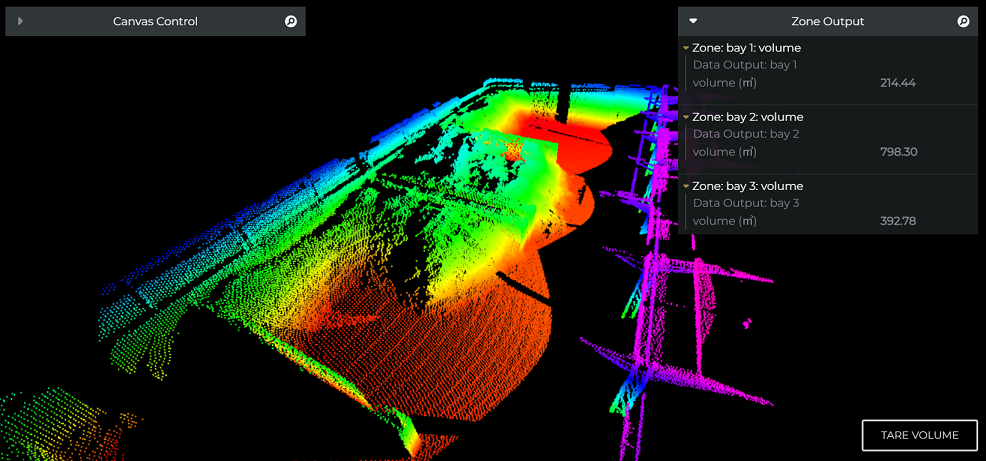We were looking for a solution to provide continuous and accurate data on our waste stockpile levels to optimize our processing efficiency. With the Blickfeld volume monitoring solution, we have found one solution that helps us to solve multiple issues. It not only enables us to better plan the throughput of material but also optimize internal logistics and accounting accuracy.
Robin Baird
CEO of Cireco (Scotland) LLP

